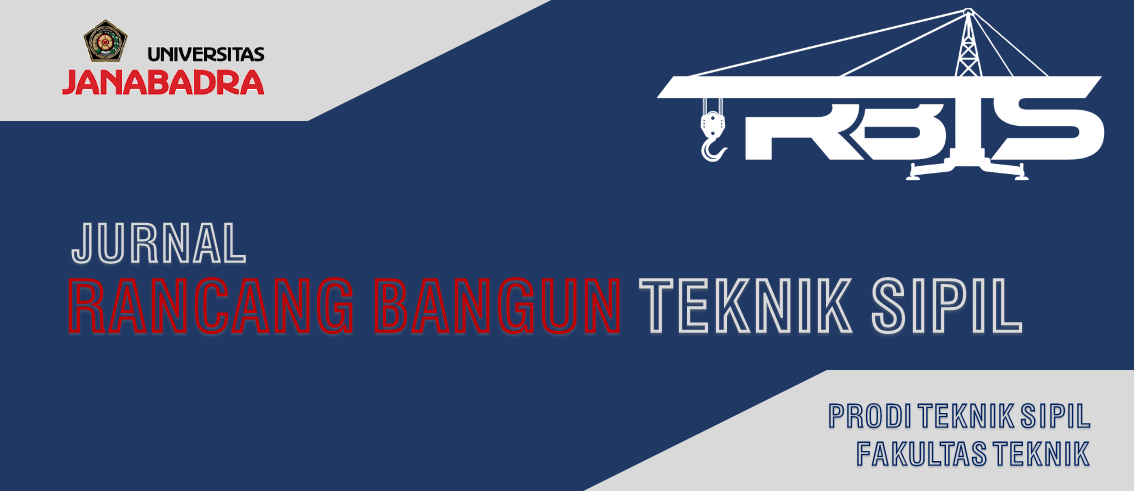Tingkat Pelayanan Simpang Jetis Berdasarkan MKJI 1997 dan HCM 2000
Sari
Road is one of the most important public facilities. Given the importance of the existence of a decent road, it must be managed as well as possible so that it can provide the best service for users to avoid congestion. One knot is the existence of traffic jams. Therefore a study of intersection analysis is needed to become a reference for policy makers to issue policies that can reduce the level of congestion. This study aims to present an empirical fact that occurs at Jetis Intersection which is seen from the point of view of the value of delay and service level by comparing two methods, namely, the method of the Indonesian Road Capacity Manual 1997 and Highway Capacity Manual (HCM) 2000. After the calculation using the MKJI 1997 and HCM 2000 methods, it was found that the total value of Jetis Intersection was 73,058 sec based on MKJI 1997 and 80,191 sec based on HCM 2000. By comparing the results of the two methods it can be seen that the delay based on HCM 2000 method the value of the delay is greater than the MKJI 1997 method with the difference in results obtained at 7,133 sec or equal to 9.763%. This shows that the Jetis Intersection produces a service level F based on Minister of Transportation Regulation No. 96 of 2015 and produce service level F based on HCM 2000. Based on the description above it can be concluded that the Jetis Intersection has a large delay so it is necessary to do a policy that can reduce the value of the delay.
Referensi
Basuki, I., & Siswadi, S. (2008). Biaya Kemacetan Ruas Jalan Kota Yogyakarta. Jurnal Teknik Sipil Universitas Atma Jaya Yogyakarta, 9(1), 71–80. Retrieved from http://jurnalmanajemen.petra.ac.id/index.php/uaj/article/view/17546 Biro Tata Pemerintahan Setda DIY. (2017).
Jumlah Penduduk KOTA YOGYAKARTA, Menurut Jenis Kelamin SEMESTER I 2017. Retrieved November 6, 2018, from http://kependudukan.jogjaprov.go.id/olah.php?module=statistik&periode=8&jenisdata=penduduk&berdasarkan=jumlahpenduduk∝=34&kab=71&kec=
Biro Tata Pemerintahan Setda DIY. (2017). Jumlah Penduduk KOTA YOGYAKARTA, Menurut Jenis Kelamin SEMESTER II 2017. Retrieved November 6, 2018, from http://kependudukan.jogjaprov.go.id/olah.php?module=statistik&periode=9&jenisdata=penduduk&berdasarkan=jumlahpenduduk∝=34&kab=71&kec=00
Council, N. R. (2000). Highway Capacity Manual. Washington DC: National Academy of Sciences. Retrieved from
http://mctrans.ce.ufl.edu/hcs/
Direktorat Jenderal Bina Marga. (1997). MKJI 1997.pdf. Jakarta.
Hobbs, F. D. (1995). Perencanaan Dan Teknik Lalu Lintas. Gadjah Mada University Press.
Lasthreeida, J. H., & Surbakti, M. (2000). (Studi Kasus : Jl . Ir . H . Juanda – Jl .Imam Bonjol ) Tujuan Penelitian Ruang Lingkup Penelitian, (1).
Noor, A. (2017). Evaluasi Kinerja Simpang Empat Secang Kabupaten Magelang. Universitas Janabadra. Ramadhiani, A. (2018). Ini 10 Kota Termacet di Indonesia. Retrieved from https://properti.kompas.com/read/2018/02/25/182046621/ini-10-kota-termacet-diindonesia
Risdiyanto. (2014). Rekayasa dan Manajemen Lalu Lintas. Yogyakarta: leutikaprio.
Sariaman, L., & Harianto, J. (2000). Analisis Kinerja Simpang Bersinyal (Jalan K.H Wahid Hasyim - Jalan Gajah Mada), (1), 1–11.
Takndare, H. Y. (2014). Tingkat Pelayanan Simpang Jalan Mataram dan Simpang Jalan Mangkubumi. Universitas
Janabadra.
Tamam, M. F., Arief, B., Rahmah, A., Kunci, K., Simpang, K., Jalan, G., & Kejenuhan, D. (1997). ( Studi Kasus : Jalan Tegar Beriman – Jalan Raya Bogor ), 1–10.
Refbacks
- Saat ini tidak ada refbacks.
